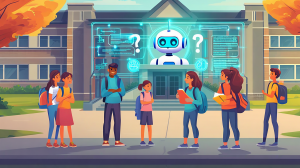Higley Unified School District serves approximately 13,500 students across 16 schools. Predicting school enrollment is crucial.
According to local school administrators, simply getting static predictions can cost as much as $20,000, an amount that can be a significant burden for the school districts and does not have the flexibility to accommodate changing circumstances.
The ASU Cloud Innovation Center created an open-source prototype to predict future enrollment and integrate real time data, such as attendance data to assess enrollment predictions. This solution uses a wide pool of data from various sources and provides analytics with an easy to use dashboard.
Open-source code: Download











